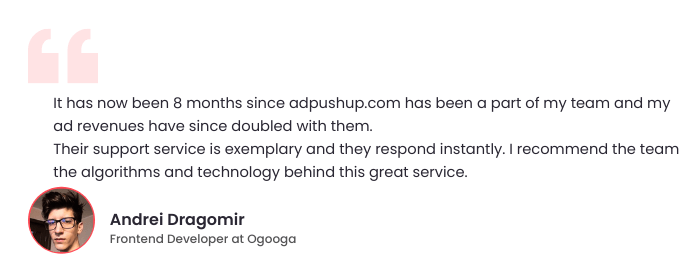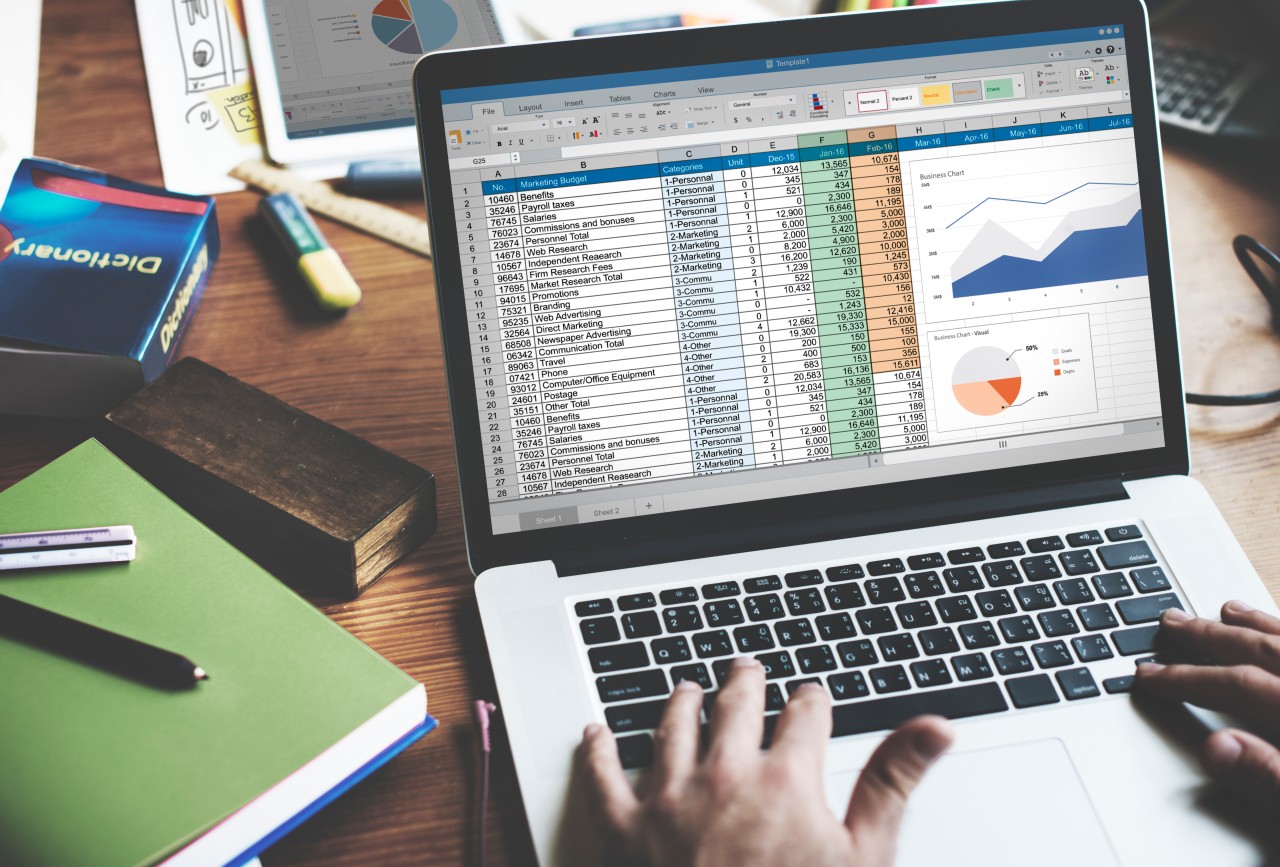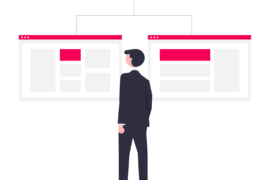Lately, data-driven marketing has been gaining a lot of attention. From publishers to advertisers, everyone is trying to run profitable ad campaigns by deploying user data. In ad tech, we already have pixels and cookies to track users. However, publishers are not the only ones tracking the users and collecting their data.
A recent buzzword ‘log level data’ is seen to drive attention as more and more publishers are asking for this type of data from their partnered vendors. If you are a publisher who has little or no idea about log level data then let’s get started with understanding it now.
What is Log Level Data?
Log level data contains every piece of information about a single impression. The information is user info like geographical location, device OS, device type, domains visited and more. It also contains viewability data and transaction records of each impression. Furthermore, it stores other granular data such as the
According to AppNexus, “Log-level data can be defined as the collection of an abundant set of data points gathered from the moment a programmatic advertisement first appears on-screen to the moment it disappears off-screen.”
How is it Different from Other User Data?
Log level data is just like any other data, but it offers real-time information with granular details. It can be considered the rawest form of data, unlike the data graphs usually presented by analytics tools and SSPs.
Log level data provides publishers and advertisers with bulk information which can later be extracted and leveraged for their benefit (like campaigning, advertising, and targeting). Generally, vendors partnered with publishers collect and store log level data, a part of which is shared with publishers in the form of user data.
Why Would A Publisher Need It?
For starters, log level data can help publishers create a detailed buyer’s persona of their users. Next, they can share it with advertisers for better ad targeting. The advertisers can use shared data to target ads based on individual interests. And most vendors readily share this part (user’s data) with the publishers and advertisers.
Another reason for publishers to need log level data is transparency concerns. Vendors can often tweak the price/plan of an auction without informing the sell-side or buy-side. On that note, publishers can use log level data to understand the flow of money during an auction. Hence, with log level data, publishers are able to see the full picture behind each auction. This is the information most vendors are hesitant about sharing.

How To Access Log Level Data?
The vendor, an organization that offers audience insights and is a part of the ad exchange, primarily has the access to log level data. Some vendors offer log level data to publishers for free, while some charge a monthly fee. Also, there are a few vendors, who have refused to share the complete log level data with anyone (neither sell-side or buy-side).
For both publishers and advertisers, it can be beneficial to know about log level data in order to see what’s going on in the supply chain. Hence, publishers have now started demanding vendors to reveal the log level data.
What To Do When You Have Log Level Data?
As mentioned, log level data contains details of each impression served. Depending on the business, a publisher can get anywhere from a thousand to a million impressions in a month.
Hence, once a publisher gets hold of this data, the first thing to do is to store the data in a well-organized manner. Here, we are talking about terabytes of data (or maybe more). So, it’s possible there will be a cost of storing this much data.
Once the publisher figures out a way to store the data, it‘s time to utilize it. It would be good for a publisher to have a future plan (like designing ad campaigns) with log level data. In case of no plan, it can just become an expense without any end benefits for the publisher. Finally, publishers and advertisers are required to be creative about the use of log level data to retrieve the cost spend on accessing and storing it.

Shubham is a digital marketer with rich experience working in the advertisement technology industry. He has vast experience in the programmatic industry, driving business strategy and scaling functions including but not limited to growth and marketing, Operations, process optimization, and Sales.







